Astronomy Research That Unravels the Mysteries of the Universe
Astronomers at The University of Toledo are leading some of the first research projects on NASA’s new James Webb Space Telescope. The University ranked No. 6 among all institutions worldwide in successful proposals for the first cycle of observing time. Projects led by UToledo astronomers will use nearly 20% of the hours reserved for star research.

With a research focus on the physical conditions of interstellar material as a tool for understanding galaxy evolution, J.D. Smith, Ph.D., professor of astronomy, will use Webb’s precision to dissect elusive smoke-like material floating between stars and planets in M101, the Pinwheel Galaxy. Smith leads the UToledo Ritter Astrophysical Research Center and UToledo’s Lowell Discovery Telescope partnership.
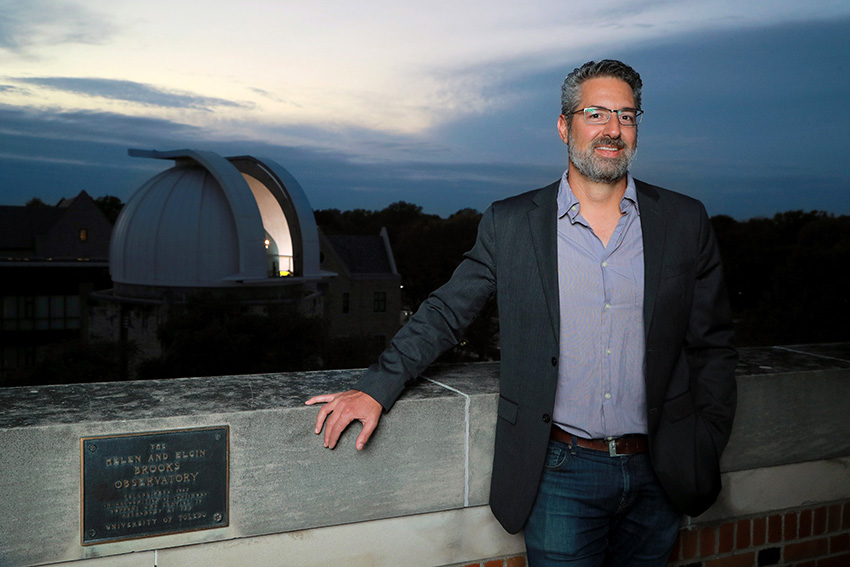
Propelling forward her investigation of star formation, Rupali Chandar, Ph.D., professor of astronomy, will use NASA’s new telescope to produce jaw-dropping images of massive young star clusters forming as two galaxies collide in the nearby universe. In 2019 Chandar served as chair of the NASA Hubble Space Telescope Users Committee.
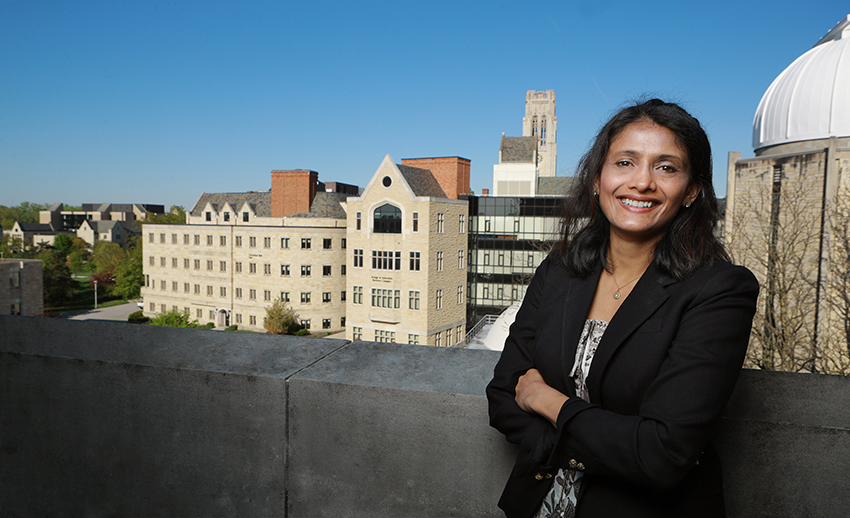
Building on his previous discovery of ultra-cool brown dwarf stars, called Y dwarfs, that have such low mass you can’t see them with your eye, Michael Cushing, Ph.D., professor of astronomy and director of UToledo Ritter Planetarium, will research their effective temperatures and mass function. His discovery of the coolest class of brown dwarfs was No. 66 on Discover Magazine’s top 100 list of discoveries for 2011.
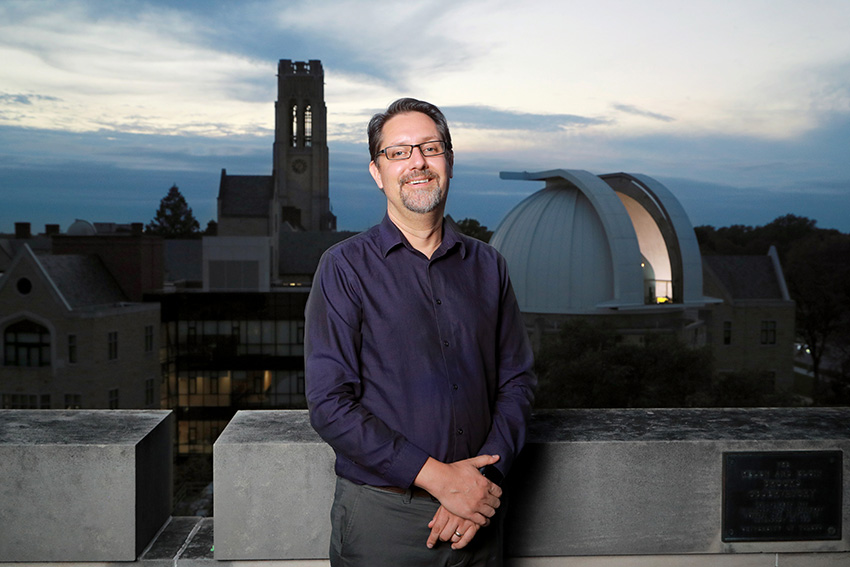
On his quest to unravel the mysteries of star and planet formation within our own Milky Way galaxy, Tom Megeath, Ph.D., professor of astronomy, will use the James Webb Space Telescope to focus on star nurseries for an unparalleled view of how individual stars are born. His latest research challenged the model of how stars are born finding that the torrential outflows of gas from infant stars may not stop them from growing.
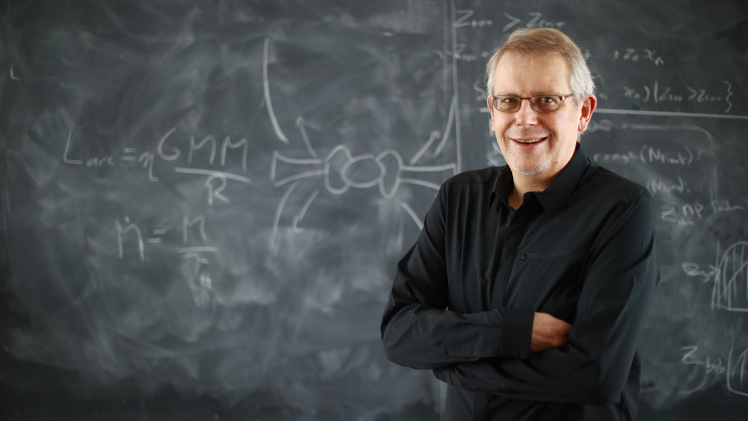
A team of art students and faculty at UToledo are building a 3D prototype for NASA of a capsule that would carry potential evidence of life on Mars back to Earth. The prototype will be used to test the Earth Entry System, which will protect the Mars soil samples from being destroyed by the heat of entry into the Earth’s atmosphere all the way to the surface.
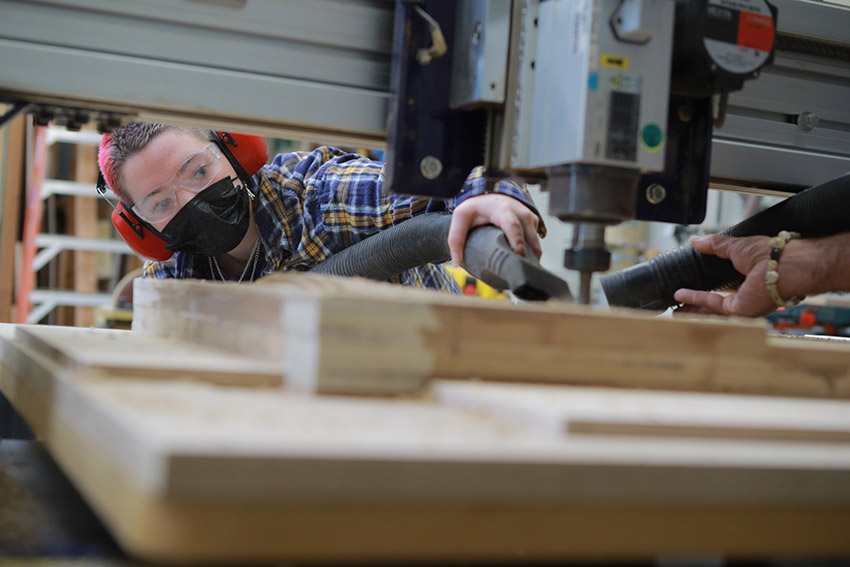
A theoretical astrophysicist, Eli Visbal, Ph.D., assistant professor of astronomy, is developing a new theoretical framework to predict when and where the first stars formed throughout the very early universe. The theoretical models are necessary to guide and interpret observations from the latest powerful observation instruments, including the James Webb Space Telescope and Earth’s first 30-meter-class ground-based telescopes.
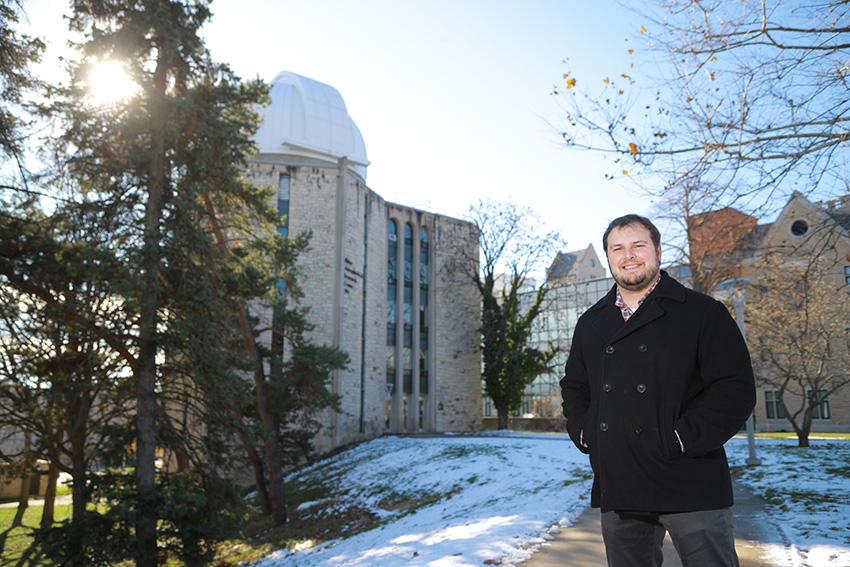
Anne Medling, Ph.D., assistant professor of astronomy, is combining several techniques to take a high-precision look at how our Milky Way and other galaxies formed and changed after the Big Bang billions of years ago. Supported by a National Science Foundation grant, she is studying the way gas gets blown out of galaxies by strong winds.
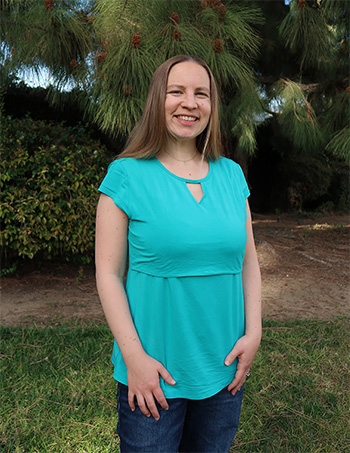
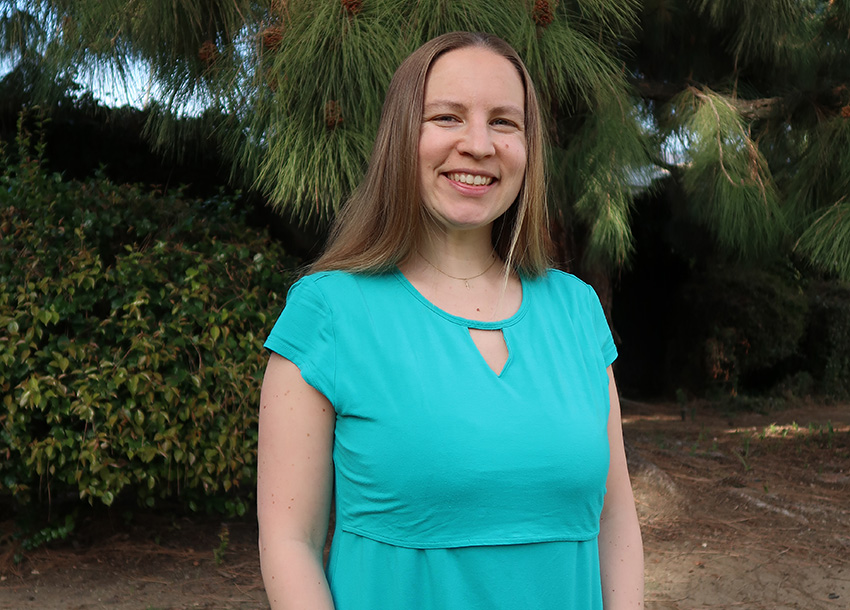
UToledo medical student Sarit Dhar combined his passions for medicine and engineering working on projects related to human health in space during a summer internship opportunity at NASA’s Glenn Research Center. One of his projects was designing a way for astronauts to wash laundry in space with little water and zero gravity.
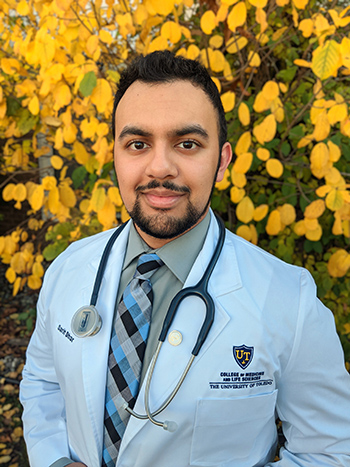

As Ohio Space Grant Fellows, mechanical engineering students Justyn Bobinski and Joshua Stanley worked with Ohio Aerospace Institute and Masten Space Systems on NASA’s Lunar Surface Innovation Initiative to champion technologies needed to live on and explore the moon.
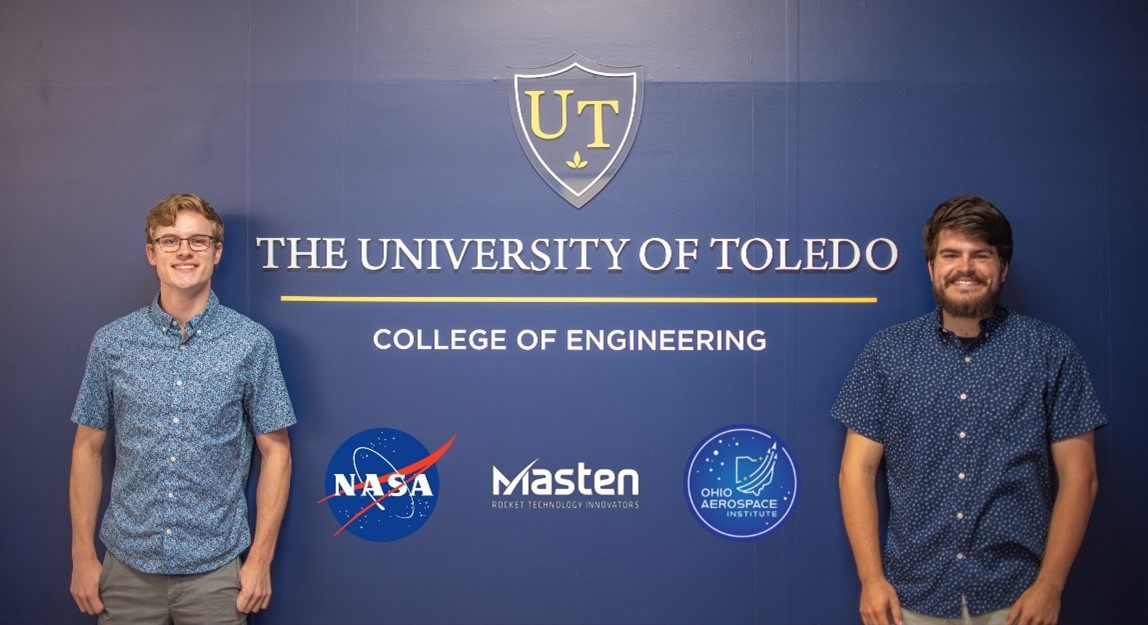
Protein crystals prepared by UToledo researchers and grown aboard the International Space Station could one day help scientists better understand basic life functions at the molecular level. Using neutron crystallography, biochemistry doctoral student Victoria Drago working with Timothy Mueser, Ph.D., professor of chemistry and biochemistry, can map out the precise location of a molecule’s every single atom.
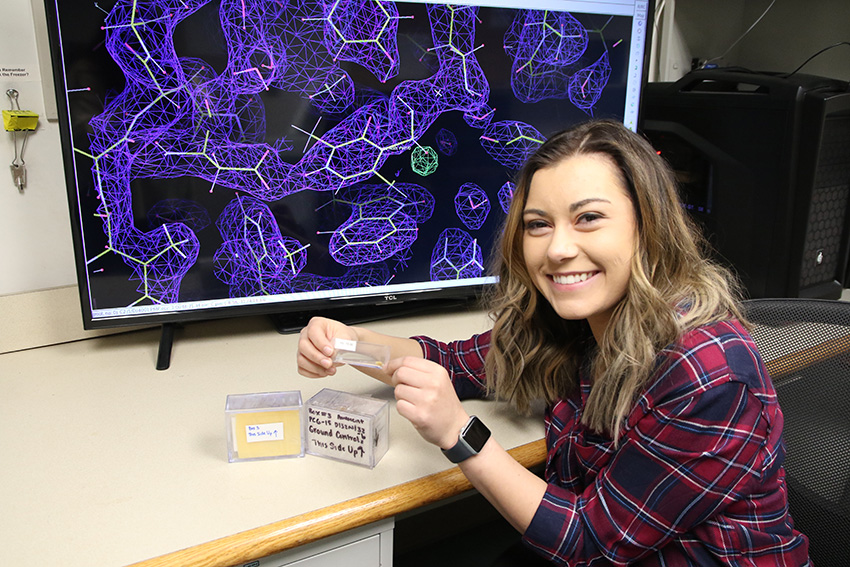
Learn More
- NASA Selects Projects Led by UToledo Astronomers for James Webb Space Telescope’s First Observing Cycle
- The Blade: UT Astronomy Department Taking Research to Higher Level with Webb Telescope
- 13 ABC: First Research Projects on New Space Telescope Has UT Astronomers Leading the Way
- UToledo Astronomy Discovery Defies Model of How Stars Are Born
- The Blade: UT astronomer’s research defies commonly-held model of how stars are born
- Universe Today: Newly Forming Stars Don’t Blast Away Material as Previously Believed. So Why Do They Stop Growing?
- New Atlas: Powerful protostars may not be responsible for ending their own growth
- 13 ABC: Asteroids Passing Close to Earth in Upcoming Weeks
- UToledo Provost Elected to AURA Board of Directors
- From UToledo to NASA, Recent Graduate’s Discovery Sheds New Light on Newborn Stars
- UToledo alum, flight director for International Space Station leading NASA’s launch of commercial crew vehicle